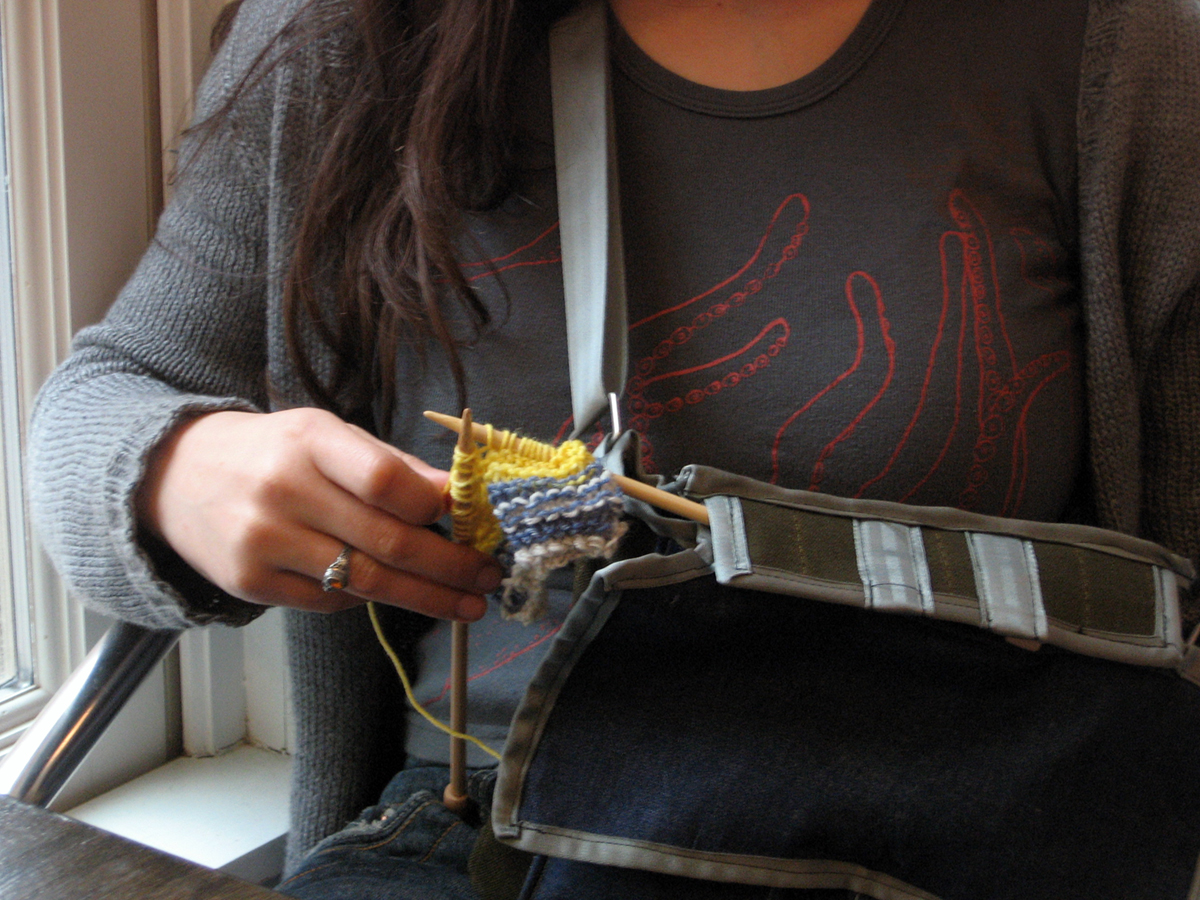
Just like in any convalescence, exercises are extremely important in order for a person in question to get back on his/her feet easier and faster. This is especially the case when a person in question has had a serious illness or suffered a serious condition, such as stroke, for example. After many trials and applications, such recovery therapies have had extremely favorable results for the people in question, enabling them to recover significantly.
Given the fact that the entire recovery process, after such a serious condition as stroke, last longer than other recovery processes, the role of exercises is more important. For this reason, it is highly recommendable to begin with them as soon as possible. Given the fact that the stroke has different manifestations and leaves different damages to a person, there are certain cases in which the brain itself will manage to pull back certain functions on its own, whereas in other cases, it will take up the role of a teacher and “educate” other parts of the brain in taking control of the previously damaged functions. When it comes to both case scenarios, exercises are an effective way to facilitate them.
Exercises
Exercises, which are a part of the rehabilitation process, to a great extent aid in raising the use of person’s extremities, give back the strength to the muscles, enhance endurance, and provide aid in regaining those functions previously lost.
One extremely useful advice for all the people embarking on a rehabilitation process is not to forget to do a muscle warm up and stretching prior to starting any of the physical exercises. This way you will avoid getting injured and discouraged earlier on, since, as is the case with many people who had suffered a stroke, the inability to control any of the voluntary movements of the body in whole may be present.
Therefore, it is extremely important to keep different parts of body as much as possible in constant movement and do it through the range of different motions. This will aid a person in maintaining the overall flexibility of the muscles and joints as well. In this phase, a person in question is taught again how to move the wrists, elbows, shoulders, hips, fingers and ankles properly.
One vital advice and recommendation for every family member or the caregiver is not to push the person in question too hard, but to take it slowly and make sure that person is not forced into going beyond the limits. Once that person regains more control over the body parts and movements, s/he is given encouragement to make an even greater use of the muscles and joints with an aid of a person or a cane, for example. After a while, this person will be able to make more movements on his/her own and this is the right time to introduce more active exercises such as those of balance, coordination and stability, as well as water exercises, for a more faster and complete recovery to take place.






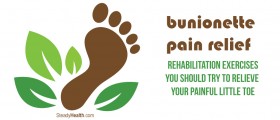

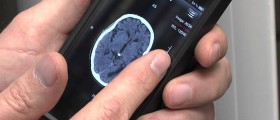



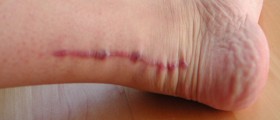
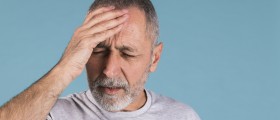

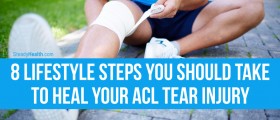

Your thoughts on this
Loading...